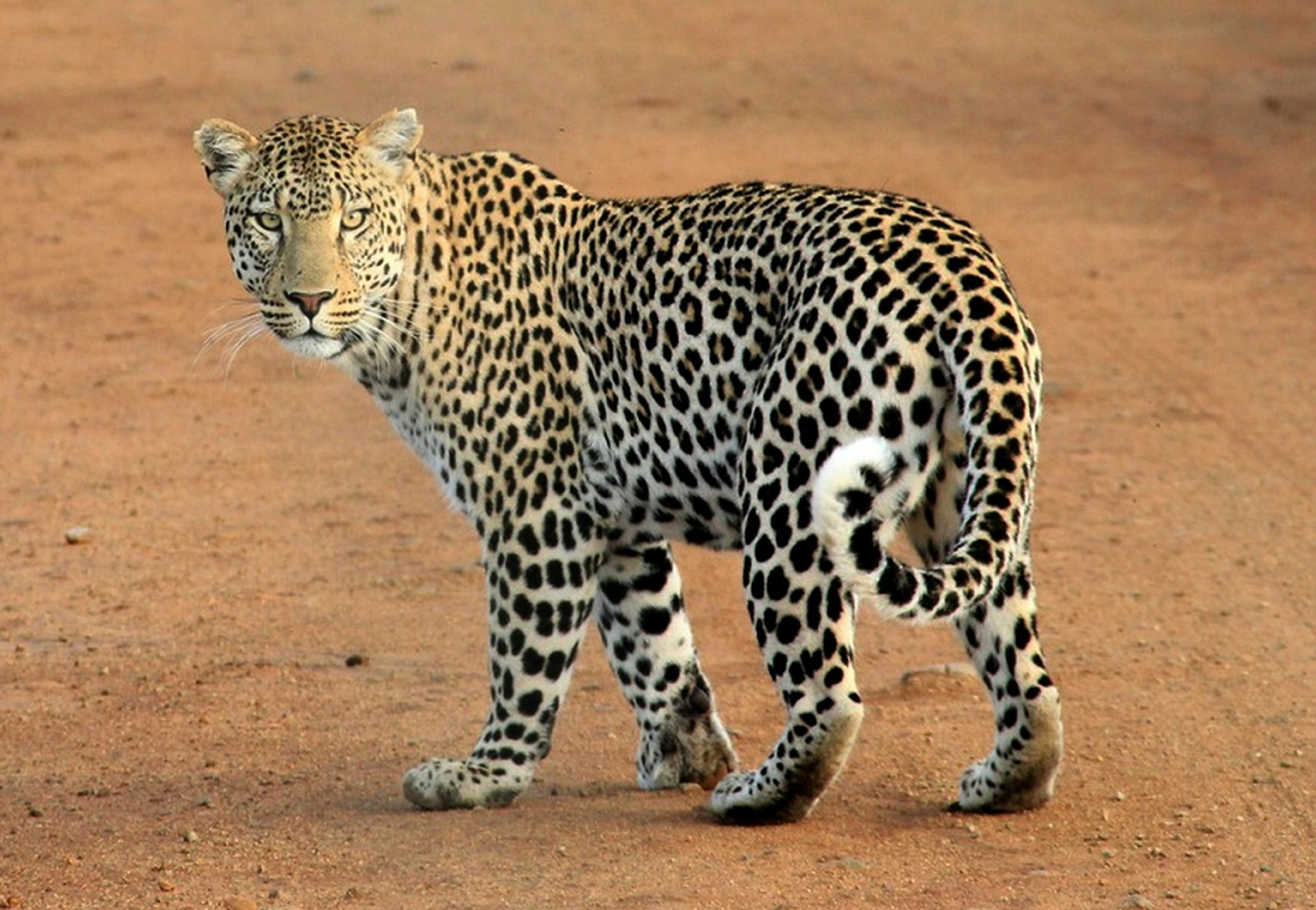When it comes to big cats, leopards and jaguars are often confused for one another due to their similar appearances and behaviors. However, there are key differences between the two that set them apart. In this article, we’ll explore these differences to help you understand these majestic creatures better.
Physical Appearance
Leopards and jaguars may look similar at first glance, but there are subtle differences in their physical appearances. Leopards are typically smaller and more slender than jaguars, with rosettes (rose-like markings) that have a black border. Jaguars, on the other hand, are larger and stockier with larger rosettes that have a small dot in the center.
Habitat
Leopards are found in a wide range of habitats, including savannas, forests, and mountainous areas across Africa and parts of Asia. Jaguars, on the other hand, are primarily found in the rainforests of Central and South America, where they thrive in dense vegetation and near water sources.
Behavior
Both leopards and jaguars are solitary creatures, but their hunting behaviors differ. Leopards are known for their stealth and agility, often hunting at night and dragging their prey up into trees to avoid scavengers. Jaguars, on the other hand, are powerful swimmers and are known to hunt near water, taking down prey with a single powerful bite to the skull.
Roar
One of the key differences between leopards and jaguars is their roars. Leopards have a raspy, hoarse roar that can carry for long distances, while jaguars have a deep, guttural roar that sounds more like a cough. Their roars are used to establish territories and communicate with other members of their species.
Conservation Status
Both leopards and jaguars are classified as near-threatened species due to habitat loss, poaching, and human-wildlife conflict. Conservation efforts are in place to protect these iconic big cats and ensure their survival for future generations to enjoy.
Conclusion
While leopards and jaguars may share some similarities, such as their spots and hunting abilities, there are clear differences in their physical appearances, habitats, behaviors, roars, and conservation status. By understanding these differences, we can appreciate the unique characteristics of each species and work towards their conservation and protection in the wild.
